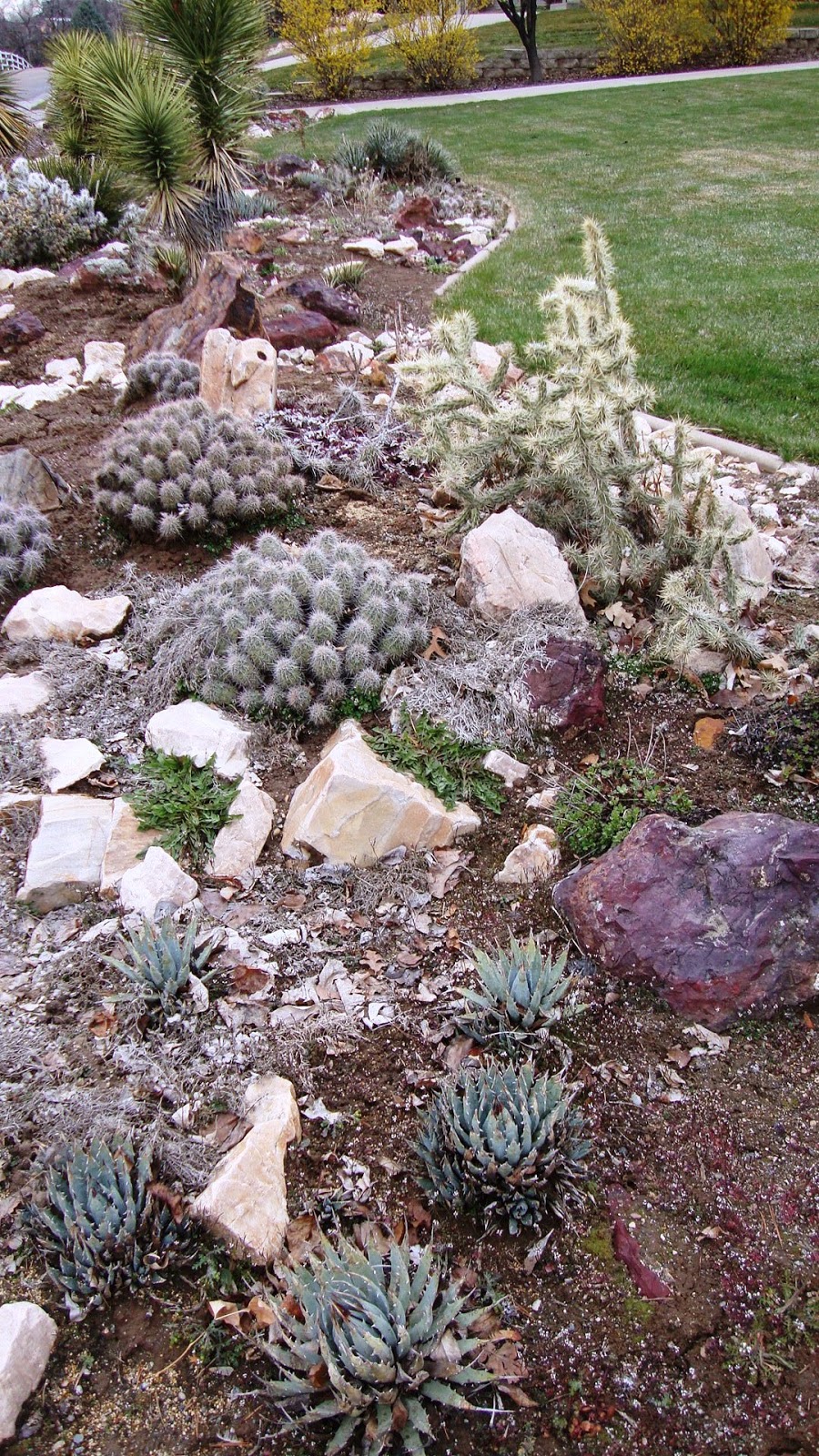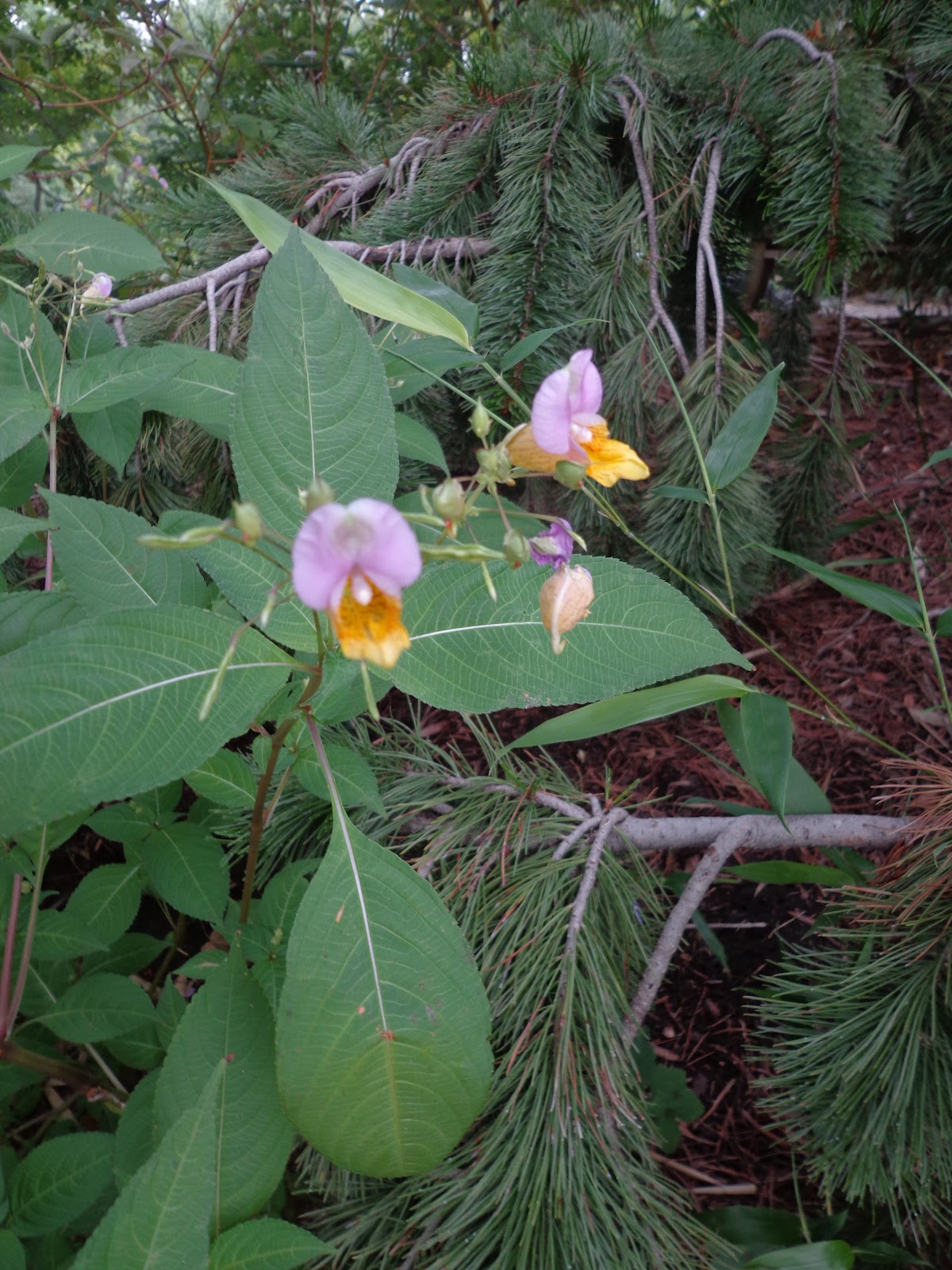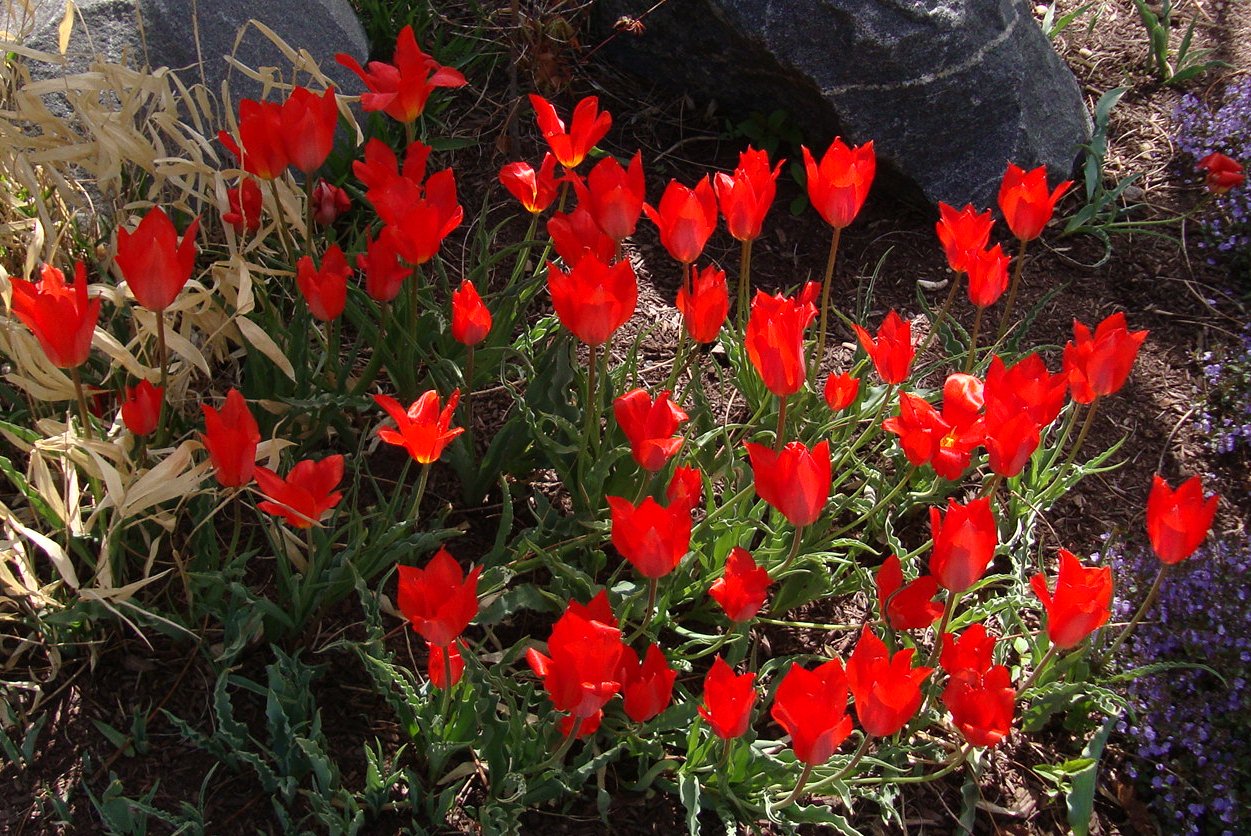 |
| One of the darker Iris missouriensis in South Park |
There are many flowery spectacles on Planet Earth that I adore, but not many delight me more than a vast field of wild iris. There is something about that blue color, and the variation one can find in them. It's another snowy, blustery day (finally! winter decided to arrive at the end of February) and I am catching up on many tasks, but I stumbled on these and realized that they bring the bounty and beauty of Colorado back better than anything else I can think of. Can't wait till late May and June when the iris fields in our mountains are blooming again!
 |
| A paler clone |
 |
| Mid blue: I like it too! |
 |
| A wonderful blend of shapes and tints |
I especially like it when you find two contrasting tints together, like this darker blue in among the nearly white....I could wax on and on about the fields of irises in the West: from the time I was a small child I have looked forward to driving through the mountain parks and plateaux throughout the montane and subalpine West where Iris missouriensis grows in such vast quantities at times. I can't begin to count the times I've wandered, seeking out the special one...which of course I always neglect to collect. You can imagine my chagrin when I found out some Government office listed this iris as a "Noxious Weed" even though it was native just because it's unpalatable to cattle...which may explain why there seems to be so much of it around still (while more palatable natives have disappeared).
This was one of the most consistently dark blue ones: I wish I had dug a piece of it now (ranchers are not too crazy about irises--they usually say "take them all!"--which, of course, I never would)...In fact, although I have grown hundreds and hundreds of iris species and cultivars over the years, I usually don't do much with I. missouriensis--probably because it's so abundant nearby and I enjoy it in the wild so much!
Of course, visiting an iris field alone isn't much fun. Here back in 2010 I was lucky to have Wiert Nieuman who'd just retired as curator of Utrecht Botanic Garden in Netherlands along with me on that day. A better companion, a lovelier day I can't imagine. Life can be very sweet indeed in June, in South Park (the place, not the TV program, btw), on this fragile and precious planet we are so busy turning into an overheated shopping center and housing development.
*I realize that treading and plodding are almost synonymous (not really): I invented that portmanteau word to see if that same buddy Bob looked it up or not (pouncing, as it were, upon my neologism not realizing I'd planted it for him...) [insert cackling emoticon with evil sneer].



























































